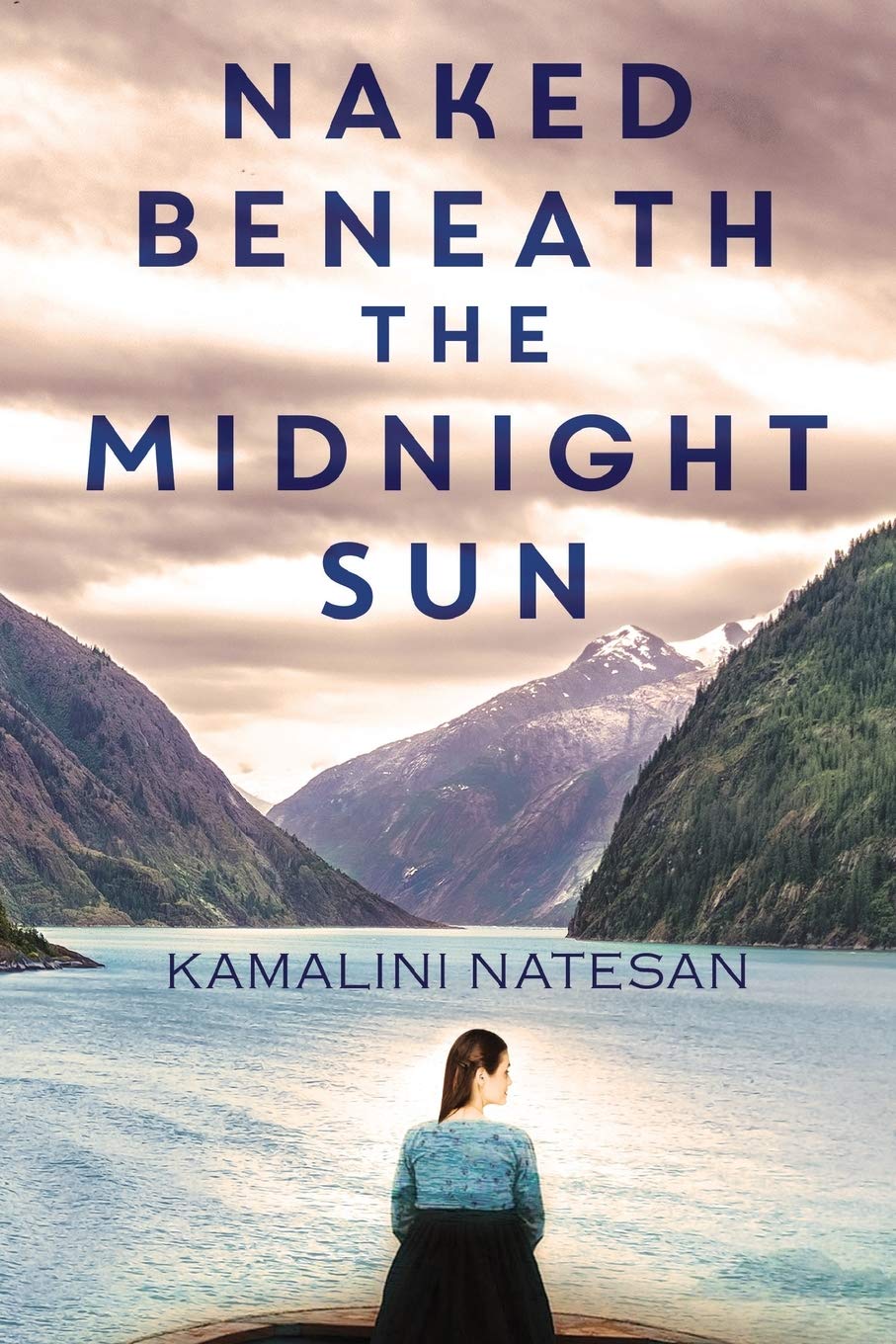Can’t say that was an unputdownable novel because I was compelled to put it down several times. I discovered that I had been holding my breath between the chapters. Yes, it’s a haunting book, quite literally, and dazzles with its rich narrative.
Kamla, the narrator, with the visceral nature of her comings and goings from chapters that come and go : from her childhood to adulthood and back, got to me and got to my gut.
I was thrown by events that happen- as we are allowed peeks into the mind of a woman who has the capacity inspite of herself, to float between the two worlds it appears.
 You are shaken and stirred by Kamla Malik’s pain, so delicately and richly described by Manral, as the woman whose dead husband continues to haunt her by his undeniable presence. She has you discovering places within you didn’t know existed.
You are shaken and stirred by Kamla Malik’s pain, so delicately and richly described by Manral, as the woman whose dead husband continues to haunt her by his undeniable presence. She has you discovering places within you didn’t know existed.
When someone dies and hasn’t quite left, it does make you wonder about the relationship shared with the living; how profound a tie was it that Kamla and Nihar shared? Why does she continue to sense him, see him and allow him to haunt her (were permission be sought) Her nightmares are vivid and seep into her waking hours.
Manral makes you believe it all, and as you near the close of the story, you discover the whys and wherefores of it all, as spiritual as it is. Bravo!
Kamla’s aunt Kamini invites her to her crumbling heritage home on an island in Goa, at a point when she is about to give up on her life. She wishes to hand over the reins of this villa to her niece, as well as to her stepson Victor, in joint ownership, and there are clauses that they must adhere to.
 Here on, the book takes on Goa in all its splendor, but, hang on, it also freely disperses lurking phantoms that haunt this home, and appear to only mark their presence to Kamla! The woman is tuned into the other world willy nilly, as we know by now.
Here on, the book takes on Goa in all its splendor, but, hang on, it also freely disperses lurking phantoms that haunt this home, and appear to only mark their presence to Kamla! The woman is tuned into the other world willy nilly, as we know by now.
This is an extraordinary novel, and my first Manral, that had me in its hold from the word go. Her ability to paint using words fired up my visual imagination- both in the hills, with Kamla as a young child and then, as an adult, who moves swiftly between here and now, and there and then. The mesmerizing details of the mountain home, and then the Goan vistas, are on point. I travelled along, my mind bursting with these images: aromas, the freshness of the valley, the Goan sun, the play of shadows and light, the sweeping monsoon winds, the accompanying moisture, the cuisine, the bicycle bell, the bread, a desecrated cemetry; it’s all incredibly tangible.
The pace of the writing is fast and had me gasping at times. I pushed back for space and breathing time. The intensity of the emotions, its depth and range had me shutting the kindle, as my being sought time for absorption. Although Kamla stayed with me, even as I stayed away. I was becoming her. I am also called Lotus and Kamlie by many- so it wasn’t difficult to respond.
My favourite character is British Victor, the stepson, a rather handsome man. He is at large in every scene assigned to him. I saw him, felt him and loved him too. The manner in which Manral has described the sudden carnal love Kamla feels for him, and continues to want him regardless of non-reciprocity-it rekindled memories of such love in me.
Loved this passage that cites Kamla’s dilemma and her one-sided craving :
PERHAPS ALL WE WERE DESTINED TO BE MERE MOTHS TO THE FLAME, BURN OURSELVES OUT IN THE PURSUIT OF THE NEXT LIGHT WE SAW. THIS LIGHT HAD BURNT ME OUT. AND ALL I COULD DO WAS WAIT TILL I ROSE, PHOENIX-LIKE, ONLY TO BE BURNT AGAIN.
The characters that infuse the narrative with undeniable richness, are etched precisely and are recognizable: Da Costa and Lucy are typical Goan folk.
How true is this from the book :
‘WHY?’ I STOOD STILL AND CLOSED MY EYES. IS THERE A GREATER SADNESS THAN TO KNOW THAT WHAT ONE ONCE YEARNED FOR IS NOT WHAT ONE WANTS ANYMORE, IS THAT THE FATE OF US HUMANS, TO BE CONSTANTLY RENEGOTIATING THE BOUNDARIES OF WANTS, NEEDS, DESIRES AND, MOST IMPORTANT OF THEM ALL, LOVE?’ AND, ‘IT IS DANGEROUS TO BE CARRIED ALONG BY A PERSON. PEOPLE CHANGE.’
 The flair and gift of Manral’s penmanship is visible in every chapter. It is only by arduous practice such like is achieved, and a seasoned writer is she.
The flair and gift of Manral’s penmanship is visible in every chapter. It is only by arduous practice such like is achieved, and a seasoned writer is she.
What Manral has achieved in the last ten percent of the novel, in my mind, is slow it down to a pitch that screams out to me. What a tour de force! I wasn’t expecting this and it blew my mind.
I would like to read more of Manral, but first let me live down this novel of hers. I’m still quivering after shutting it.
©kamalininatesanJuly2021





Thank you so much Kamalini, for the kind words. Glad you enjoyed the book.